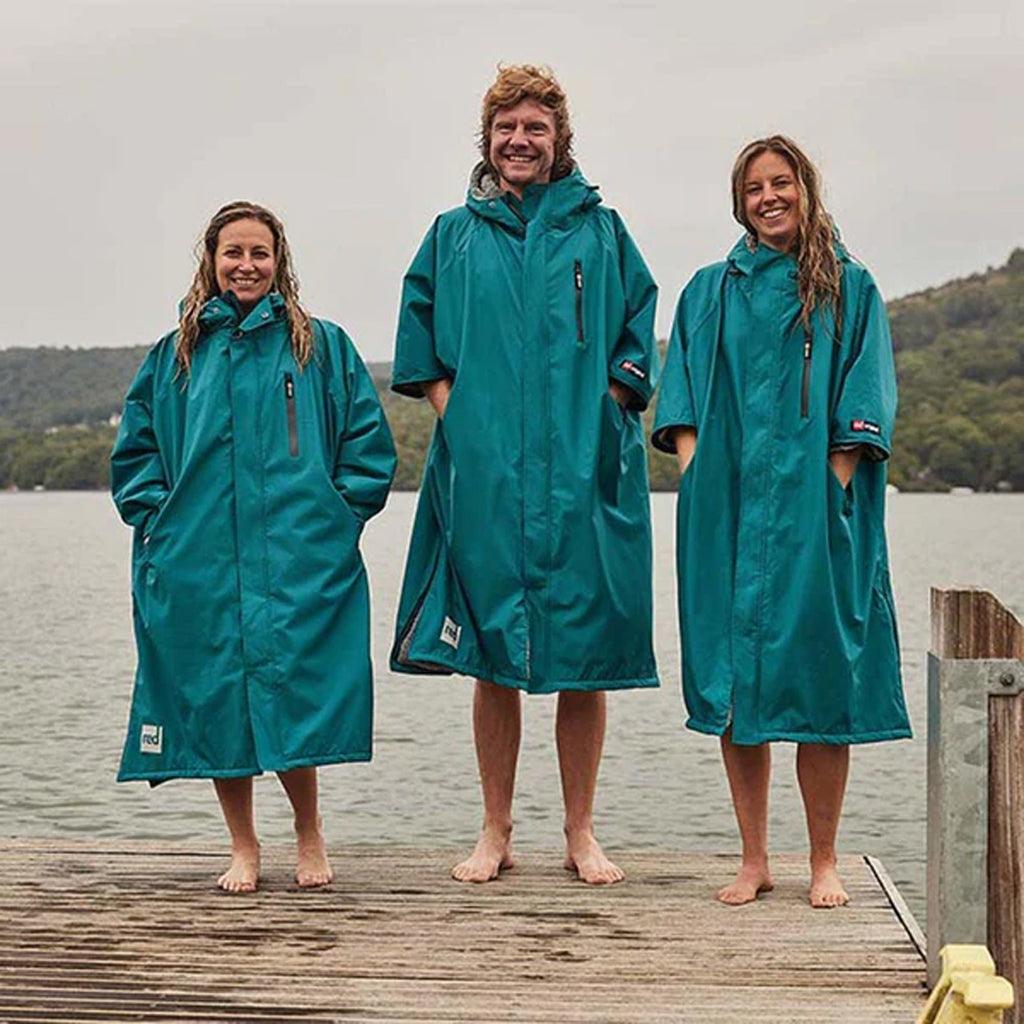Caring For and Repairing Your Wetsuit
 Whether you’re a triathlete, an outdoor swimmer or surfer, your wetsuit will be one of the most expensive investment to ensure you enjoy your sport. That’s why it’s so important to take the best of care with a wetsuit to avoid damages and leaks. However, if your suit does get some punctures or nicks, there are ways to repair these, provided they are not too extensive, so avoiding the cost of replacing the wetsuit entirely.
Whether you’re a triathlete, an outdoor swimmer or surfer, your wetsuit will be one of the most expensive investment to ensure you enjoy your sport. That’s why it’s so important to take the best of care with a wetsuit to avoid damages and leaks. However, if your suit does get some punctures or nicks, there are ways to repair these, provided they are not too extensive, so avoiding the cost of replacing the wetsuit entirely.
Importantly, taking care of your wetsuit can also have a positive impact on your performance.
To ensure you get the most out of your wetsuit, the team at Sharks Swim & Triathlon would like to share these hints and tips to help prolong its lifespan.
Caring for your Wetsuit
- When putting on or taking off your wetsuit, avoid standing over hard or rough surfaces like sharp rocks as they can damage the neoprene. While putting on or taking off your wetsuit be careful with rings, fingernails and watches as they can also damage the neoprene.
- Washing and drying your wetsuit regularly helps avoid things issues like premature wear and tear, mildew and bad smells caused by sweat and body oils permeating into the neoprene.
- Directly after use, always clean and dry your suit as soon as possible by rinsing it with fresh water. You should then hand-wash it with mild non-detergent soap Baby shampoo can also work to clean wetsuits.
- After washing and rinsing your wetsuit, turn it inside-out to help retain the flexibility on the outside.
- Hang to dry on a padded clothes hanger but NOT on a wire hanger as the metal will cause the neoprene to stiffen, crack, and degrade along the shoulders.
- Don’t dry your wetsuit in the sun as the UV rays can also damage the neoprene, shortening the overall lifespan of the wetsuit. A good tip is to dry it overnight in a shower stall.
- Store your wetsuit on a flat surface and avoid folding whenever possible to prevent creases and loss of insulating effectiveness. Leaving your suit in a bag or the boot of your car will create bad odour and will reduce its lifespan.
Prolonging the Life of Your Wetsuit
- Lending your suit to someone else is fine, but it’s not really a good idea for long periods of time as wetsuits tend to stretch to fit the wearer, and your friend's body is not likely to be the same size or shape as yours.
- To prolong the life of your wetsuit’s zipper, use beeswax or a zipper lubricant to keep it from snagging and tearing your suit. This will also lengthen the lifespan of your zipper.
- If you’re a surfer, don’t worry about getting surf wax on your neoprene wetsuit. The wax will inevitably stick to your wetsuit; there is no simple way to remove it and more will just get stuck in its place.
Repairing Rips and Tears
- You should check your wetsuit for rips and tears after each use. They are much easier to fix when they are small and will just get bigger if they go unnoticed.
- Wetsuits can easily tear from things like fingernails and small rocks. Small tears (around 1-2 inches long) can be easily repaired at home. Tears bigger than a few inches may require professional repair services. If the stitches or seams are torn it may also be a good idea to take your suit to a professional for repairs.
- There are a number of adhesives and repair kits available, enabling you to carry out wetsuit repairs on your wetsuit yourself. At Sharks Swim & Triathlon, we stock the Black Witch Neoprene repair glue which at £9.50 is great for quick repairs. We also sell a full C-Skin neoprene repair kit (which includes disks, tape, glue, a brush and a full set of instructions).
- Before repairing your wetsuit make sure that it is clean and dry; then turn it inside out. Clean the area around the rip with alcohol. Open up the rip to reveal both sides of the tear and then apply the first coat of the adhesive to both surfaces. The glue can be applied with a short bristle brush or painter’s brush. Do not press the sides together.
- Let the glue dry for about 1 to 3 minutes (depending on room temperature and humidity), keeping the two sides apart. The glue normally looks glossy when it is wet and will appear matte when it is dry; it should feel slightly tacky and not stick to your finger.
- Once the first coat of glue is dry, apply a second coat of adhesive to both sides of the rip. Allow the second coat to dry for about 10 minutes. Firmly bring the two sides of the rip together, doing your best to keep the seam in a straight line. Use a weighted object to keep pressure on the tear while it dries and seals.
- The seal will dry within 2 to 3 minutes but will form more fully if you allow it to dry for at least 6 hours. The best option would be to allow it to dry overnight to allow the strongest seal possible to form.
Sharks Swim & Triathlon
Sharks Swim & Triathlon offers a range of wetsuits from top brands as well as a wetsuit fitting service. If our glue or repair kit aren’t enough to fix the rip or tear, we recommend you bring it into our shop in Sketty Cross and we’ll see what we can do to help.







